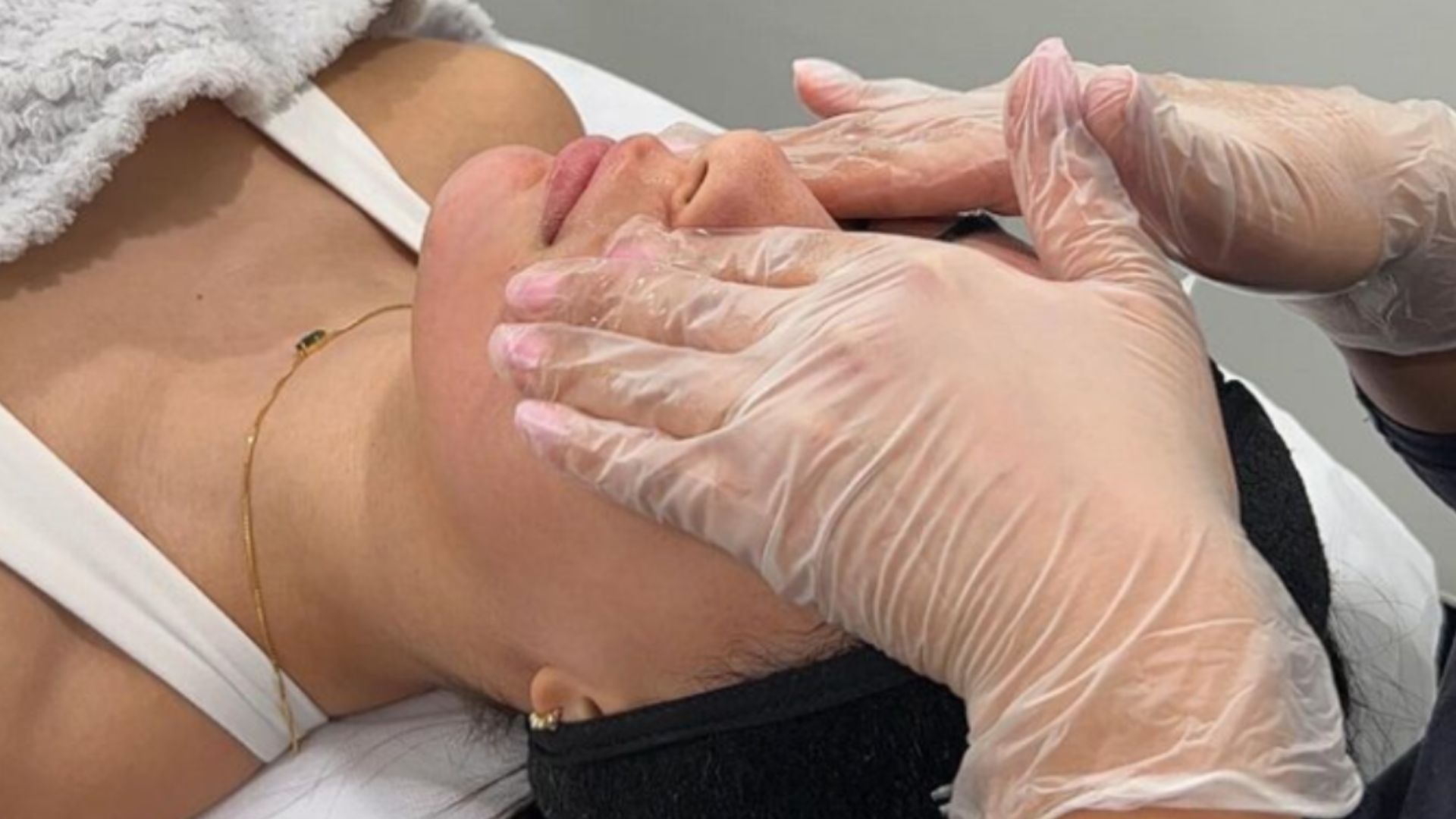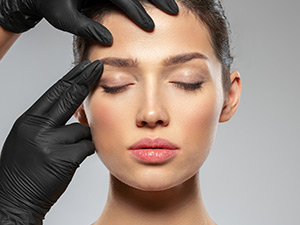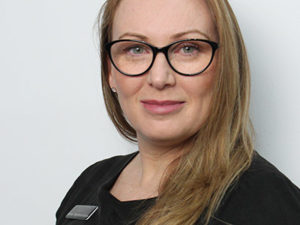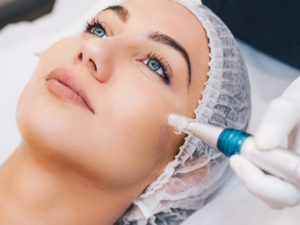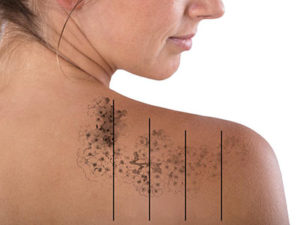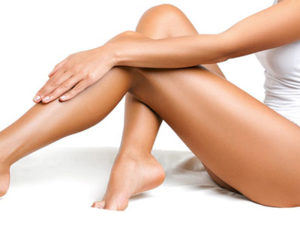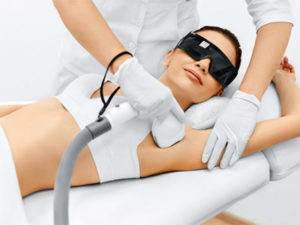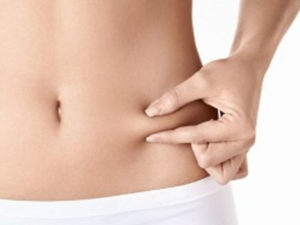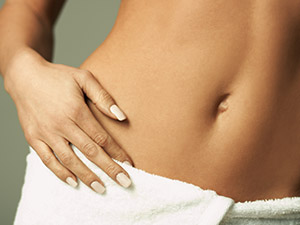Milia are small, white, raised bumps that often appear on the skin. They are commonly found on the face, particularly around the eyes, nose, and cheeks, but can also appear on other parts of the body. Milia are harmless and normally do not cause any pain or discomfort.
Milia are caused by the buildup of keratin, a protein that is found in skin, hair, and nails. When keratin becomes trapped beneath the surface of the skin, it can form a small cyst, which appears as a milia bump.
There are a number of factors that can contribute to the development of milia, including genetics, sun damage, and the use of certain skincare products. Those with dry or damaged skin are also more inclined to grow milia. In most cases, milia will go away on their own over time, but they can also be extracted by a skin expert if required.
Preventative Measures to Minimise Milia
One of the best ways to avoid milia is by maintaining a good skincare routine. A good skincare routine involves cleansing, moisturising and applying sunscreen. Cleansing removes dirt and oil from your skin, while moisturising helps to keep your skin hydrated and soft. Sunscreen is the most important as it protects your skin from the sun’s harmful UV rays and can prevent further damage. When choosing skincare products, it’s important to look for non-comedogenic products that won’t clog your pores. Avoid using heavy creams and oils around the eyes, as they can contribute to the formation of milia. Instead, opt for lightweight moisturisers and eye creams. Our evolveMD skincare range can be discovered here.
Exfoliation can help prevent milia from forming by removing dead skin cells before they have a chance to accumulate and become trapped. By routinely exfoliating the skin, you can keep it smooth and free of dead skin cells, which can help prevent milia from forming. In addition, exfoliation can also help improve the overall appearance of the skin by minimising the appearance of fine lines and wrinkles, improving skin texture, and promoting a more even skin tone. However, it is important to be gentle when exfoliating, especially if you have sensitive skin or are prone to developing milia. Using a gentle enzyme exfoliating product and avoiding harsh scrubbing can help prevent irritation and further skin damage.
Non invasive Treatments for Milia
Topical retinoids are a type of vitamin A derivative that have been shown to be effective in treating a diverse range of skin conditions, including milia. Retinoids work by increasing cell turnover, which helps to unclog pores and remove dead skin cells. This process helps to prevent the buildup of dead skin cells that can lead to the formation of milia. Retinoids also stimulate collagen production in the skin, which can help to improve the overall texture and appearance of the skin.
Chemical peels are a type of skin treatment that involves the application of a chemical solution to the skin, which causes the outermost layers of skin to shed. This procedure can help to remove dead skin cells, unclog pores, and stimulate the growth of new, healthy skin cells. When used to treat milia, chemical peels can help exfoliate and remove the buildup of dead skin cells that can contribute to the formation of milia. In addition, chemical peels can help to improve the overall texture and tone of the skin, leaving it looking smoother and more radiant. It is important to note that chemical peels are not suitable for everyone’s skin. Those with sensitive skin or certain skin conditions may not be good candidates for chemical peels, and the treatment may cause irritation or other adverse effects. If you are considering a chemical peel to help with milia, it is important to speak with one of our qualified skincare professionals to determine whether this treatment is right for you.
Another method for removing milia is through a process called extractions. Extractions involve using a small tool to gently remove the milia from the skin. This is done by applying pressure around the area of the bump, causing the trapped keratin to be pushed out of the pore. The process can be done by one of our skin experts and is typically a quick and straightforward procedure. Extractions can be an effective way to remove milia, but it is important to only have them done by a trained professional to avoid damaging the skin or causing scarring.
While milia are small and are usually harmless they do not necessarily require treatment and may disappear on their own. However, if they persist or cause discomfort, a therapist at Evolution Laser Clinic may be consulted to remove them. To prevent milia from forming, it is important to maintain good skin hygiene, avoid using heavy or oily products, and protect the skin from sun damage. By following these steps, individuals can keep their skin healthy and free of milia!
Book your complimentary skin consultation today at Evolution Laser Clinic!
FAQ
- What causes milia to form on the skin?
Milia are caused by the buildup of keratin, a protein that is found in skin, hair, and nails. Milia can form when dead skin cells become trapped beneath the surface of the skin, creating a small, hard cyst. They can also be caused by the use of heavy cosmetics or creams. Milia are generally harmless and do not require treatment, but if they become bothersome, they can be removed by a skin therapist.
- Can lifestyle habits like diet and skincare routine affect the development of milia?
While the exact cause of milia is not always clear, lifestyle habits like diet and skincare routine may play a role in their development. Eating a diet high in processed foods and refined sugars can cause inflammation in the body, which may contribute to the development of milia. Skincare routine can also play a role in the development of milia. Using heavy, greasy products or not properly removing makeup can clog pores and lead to the formation of milia.
- Are there any side effects or risks associated with milia removal treatments?
Extractions can be an effective way to remove milia, but it is important to have them done by a trained professional to avoid damaging the skin or causing scarring.

